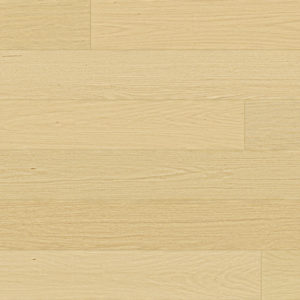Details
| Dimensions | 7-1/2" x Longueur variable jusqu'à 75 po x 3/4" |
|---|---|
| Teinte | Brun pâle |
| Essences | Chêne américain |
| Emplacement | États-Unis |
| Profil | Rainure et languette |
| Pieds carrés par boîte | 26.05 |
| Température | 18-27°C (65-80°F) |
| Humidité relative | 35 % – 55 % |
| Bord | Bord en biseau en V micro |
| Pose | Clouage, Pose collée |
| Variation de couleur | Faible |






